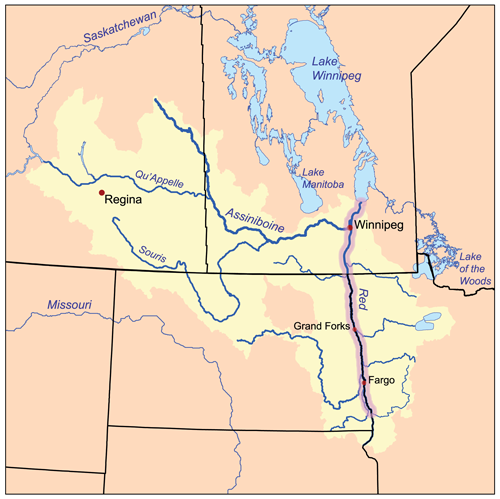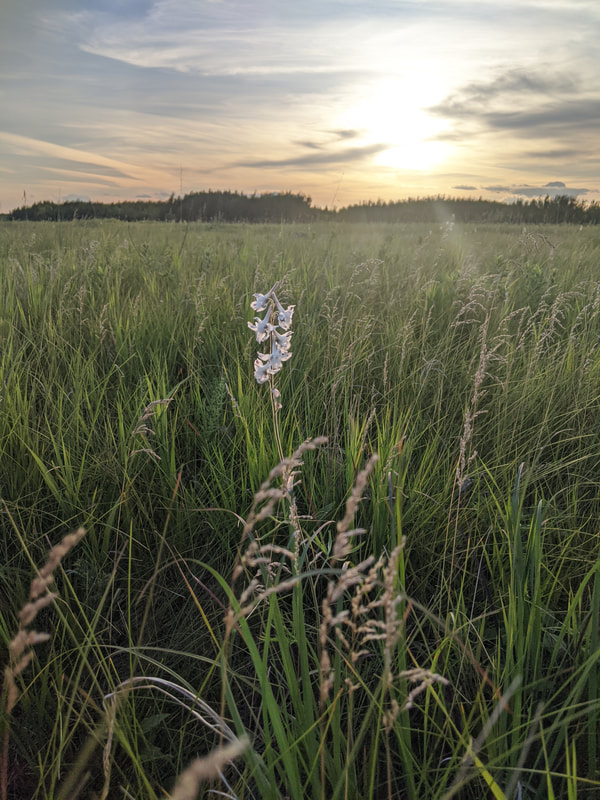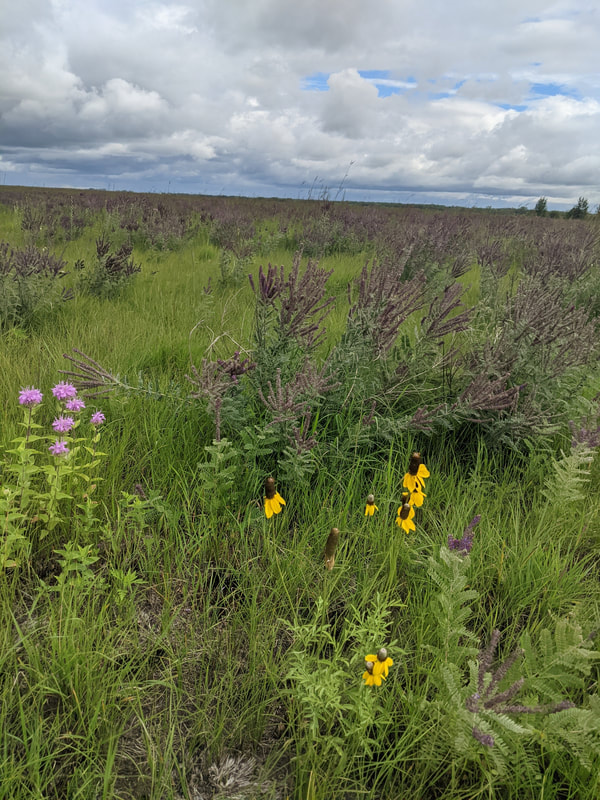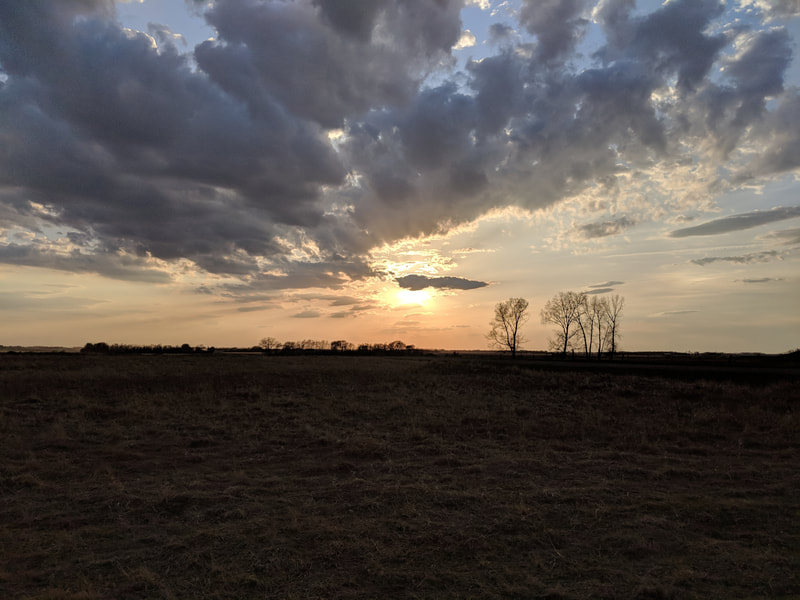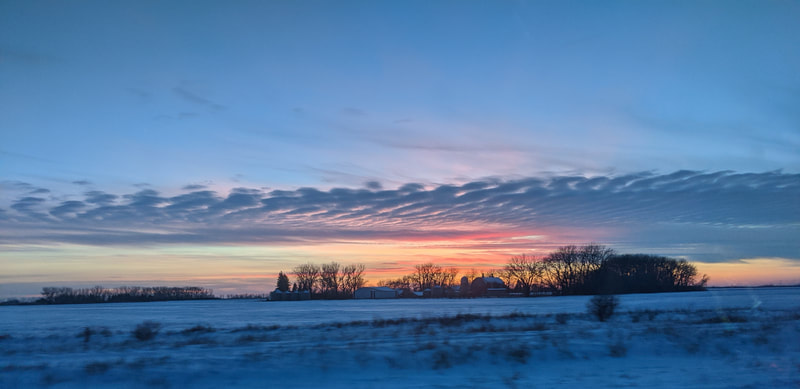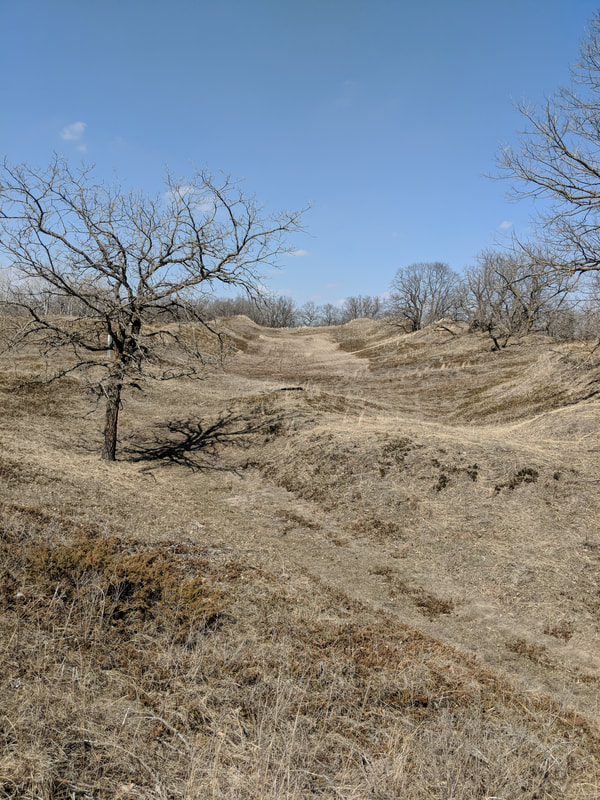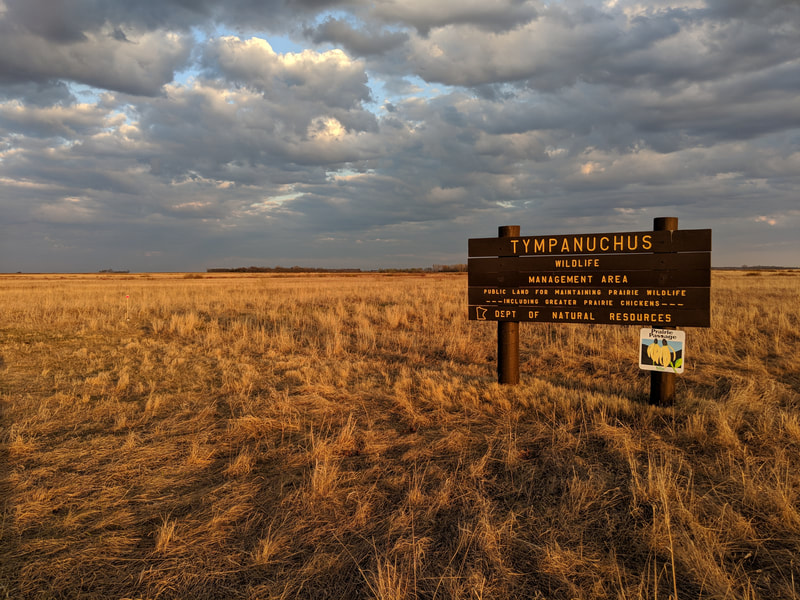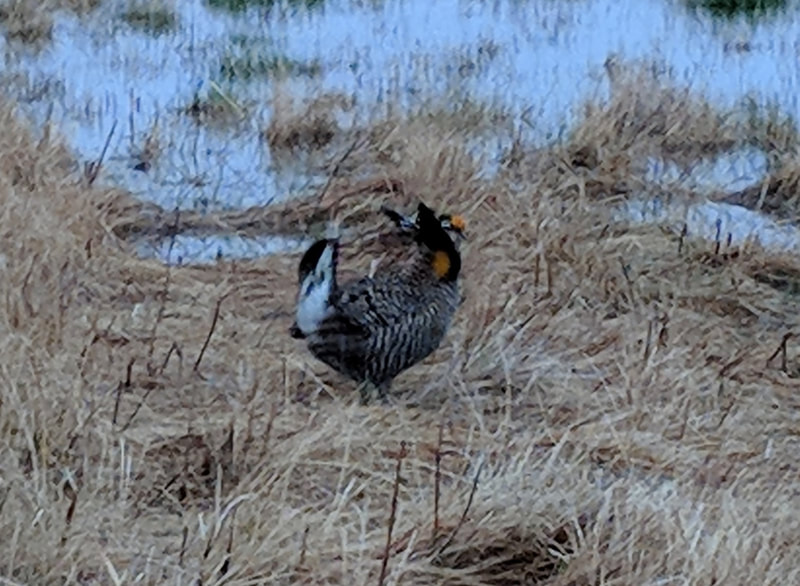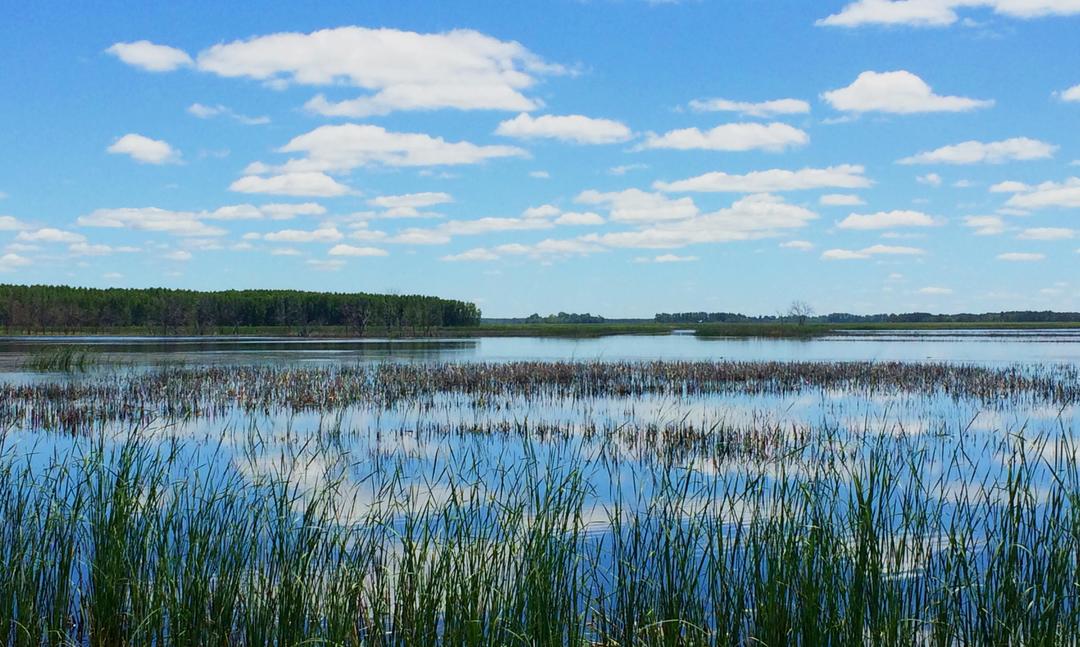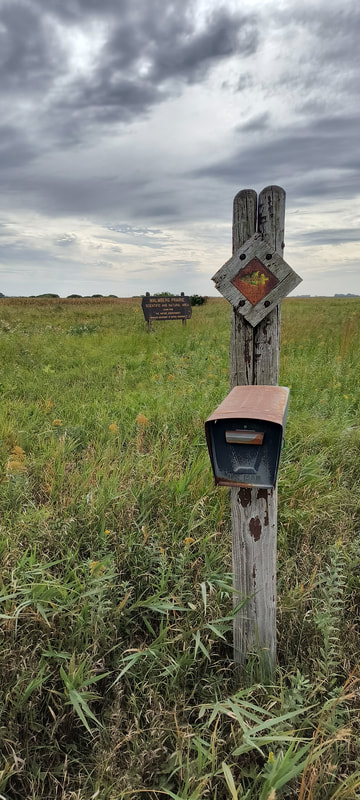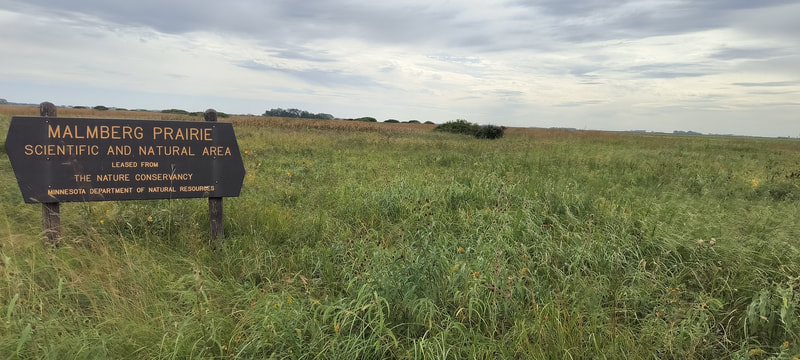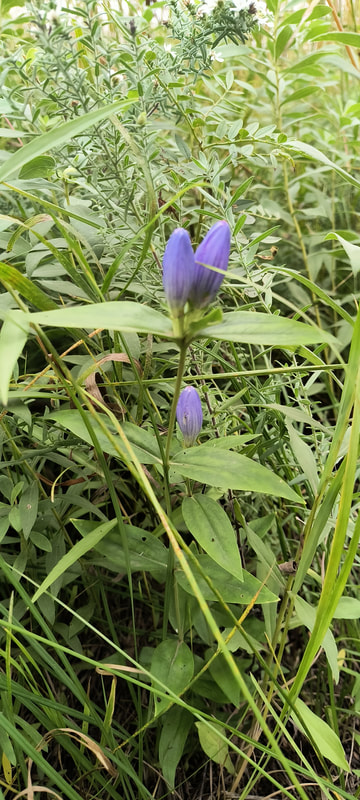Unique Features and Places of West Polk County
West Polk County, MN (Polk County, MN) lies within the Red River Valley, remnant of Glacial Lake Agassiz. Lake Agassiz was the largest glacial lake in North America, four times the size of our present day Lake Superior. It covered much of central North America between 30,000 and 10,000 years ago making it one of the of youngest major land surfaces in the US.
When Glacial Lake Agassiz melted and drained it created a deep-water basin that holds the Red River of the North. Unlike other major river systems, the Red River of the North flows north before draining in Lake Winnipeg, which drains through the Nelson River into Hudson Bay.
Underlying the Red River Valley are silt and clay deposits consistent with a lake bottom. Beach ridges are scattered throughout that mark the former shoreline of the great lake at various periods of time.
These soil deposits supported tallgrass prairie and wet prairie before settlement.
When Glacial Lake Agassiz melted and drained it created a deep-water basin that holds the Red River of the North. Unlike other major river systems, the Red River of the North flows north before draining in Lake Winnipeg, which drains through the Nelson River into Hudson Bay.
Underlying the Red River Valley are silt and clay deposits consistent with a lake bottom. Beach ridges are scattered throughout that mark the former shoreline of the great lake at various periods of time.
These soil deposits supported tallgrass prairie and wet prairie before settlement.
Agassiz Audubon Society CenterThe Agassiz Audubon Society Center located southwest of the City of Warren, MN, northwest Polk County, does bird conservation, habitat restoration, nature field trips and public programs - and more. We provide opportunities for visitors to experience the thrill of discovery through citizen-science projects - throughout the Red River Valley and at the 480-acre property formerly known as the Agassiz Audubon Center at Wetlands Pines and Prairie Audubon Sanctuary. This property is owned and operated by the Middle Snake Tamarac Rivers Watershed District.
Malmberg Prairie SNA (Scientific and Natural Area)Surrounded by agricultural fields, this remnant of native wet and mesic tallgrass prairie offers a glimpse of the diversity of Minnesota's Red River Valley landscape prior to European settlement. Although extensively hayed prior to its preservation, these 80 acres were neither plowed nor grazed. Especially rare here is the northern mesic prairie. This type of prairie was often the first lost in conversion to agriculture, since the moderate moisture levels that support mesic prairie tend to be ideal conditions for crops as well.
Agassiz Dunes SNA (Scientific and Natural Area)Glacial Lake Agassiz began draining roughly 8,500 years ago, leaving a scattering of relic lakes and distinctive landforms. The story of this vast lake continues to unfold at Agassiz Dunes SNA. The site's hallmark feature is its dunefield, comprised of sediments that originally accumulated here as a delta where the Sand Hill River entered Lake Agassiz. Sculpted by winds over centuries, the landscape remains a work in progress with fossil dunes, younger secondary dunes and modern blowouts.
|
The Nature Conservancy, Glacial Ridge ProjectGlacial Ridge is the largest prairie and wetland restoration project in U.S. history. When The Nature Conservancy and its partners initiated the project in 2000, only about 3,000 acres of the more than 24,000 acres purchased by the Conservancy was native prairie; the rest had been used for gravel extraction, crop production and cattle and sheep grazing. The restored grasslands and wetlands provide excellent habitat for prairie nesting birds, threatened prairie plants and wildlife.
Red River Valley Natural History AreaThe Red River Valley Natural History Area is a tract of approximately 85 acres located in the flat lake bed of glacial Lake Agassiz in northwestern Minnesota, less than a mile from the Crookston campus of the U of M. It has been established as a living museum and teaching laboratory by the University of Minnesota, Crookston in view of its interesting assortment of habitats which include: prairie, aspen forest, cottonwood forest, a willow swamp, and a cattail marsh.
|
